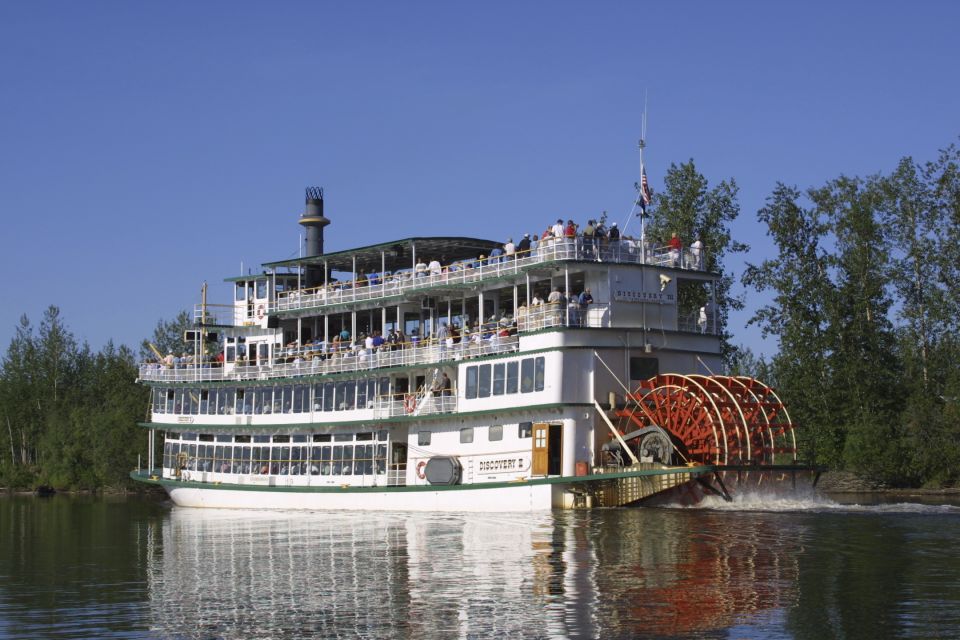The 14-day Everest Base Camp Trek presents an incredible opportunity for adventurers seeking both challenge and beauty. Trekkers find themselves navigating through the stunning Khumbu region, absorbing the rich Sherpa culture while acclimatizing to the altitude. With each step, they encounter iconic sites like Namche Bazaar and Tengboche, guided by experienced locals who share invaluable insights. But what truly awaits them at Everest Base Camp, and how can they best prepare for this unforgettable journey? The answers might surprise those considering this life-changing adventure.
Key Points
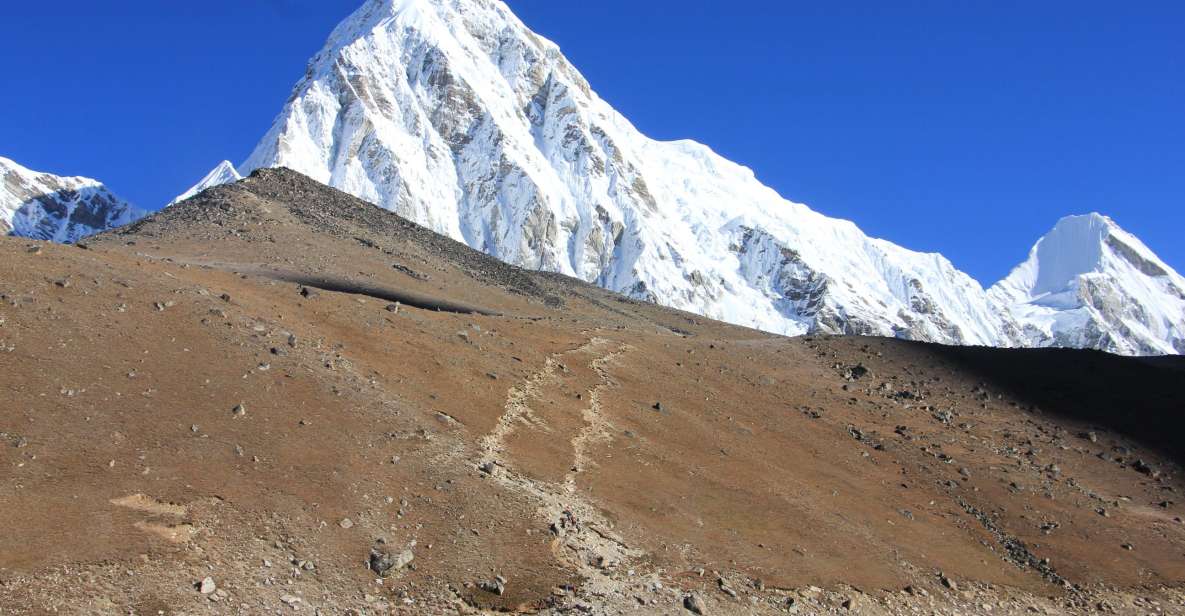
- The 14-day Everest Base Camp Trek combines stunning scenery and rich culture, requiring physical endurance for an unforgettable high-altitude adventure.
- Key stops include Namche Bazaar and Tengboche, offering opportunities for culture and breathtaking views of the Himalayas.
- Acclimatization days are integrated to help manage altitude changes and prevent altitude sickness during the trek.
- Essential inclusions cover accommodation, flights to Lukla, and experienced guides, while personal expenses and travel insurance are excluded.
- Ideal trekking seasons are spring (March to May) and autumn (September to November) for stable weather and fewer crowds.
It's also worth checking out some other tours and experiences nearby.
Trek Overview
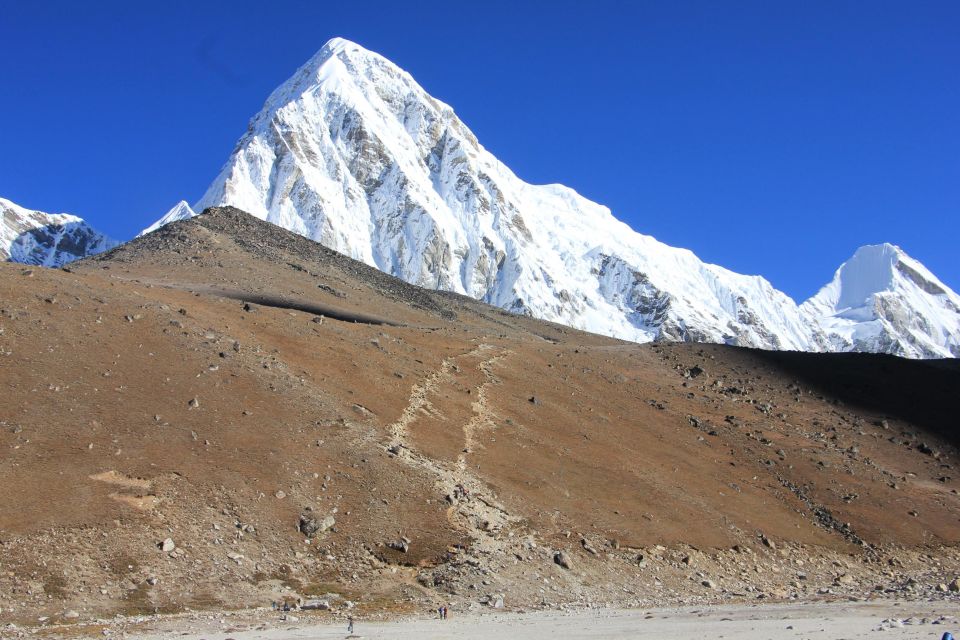
Embarking on the 14-day Everest Base Camp Trek offers adventurers a thrilling blend of stunning scenery, rich culture, and the rewarding challenge of high-altitude hiking.
From the bustling streets of Kathmandu to the serene landscapes of the Khumbu region, trekkers experience breathtaking views of towering peaks and charming Sherpa villages.
This moderately challenging trek requires physical endurance, but it’s well worth the effort for those seeking an unforgettable journey.
With acclimatization days built into the itinerary, trekkers can better manage altitude changes, ensuring a safer and more enjoyable experience.
Plus, the trek includes essential support services like experienced guides and porters, making it accessible for many.
It’s truly an adventure of a lifetime!
Detailed Itinerary
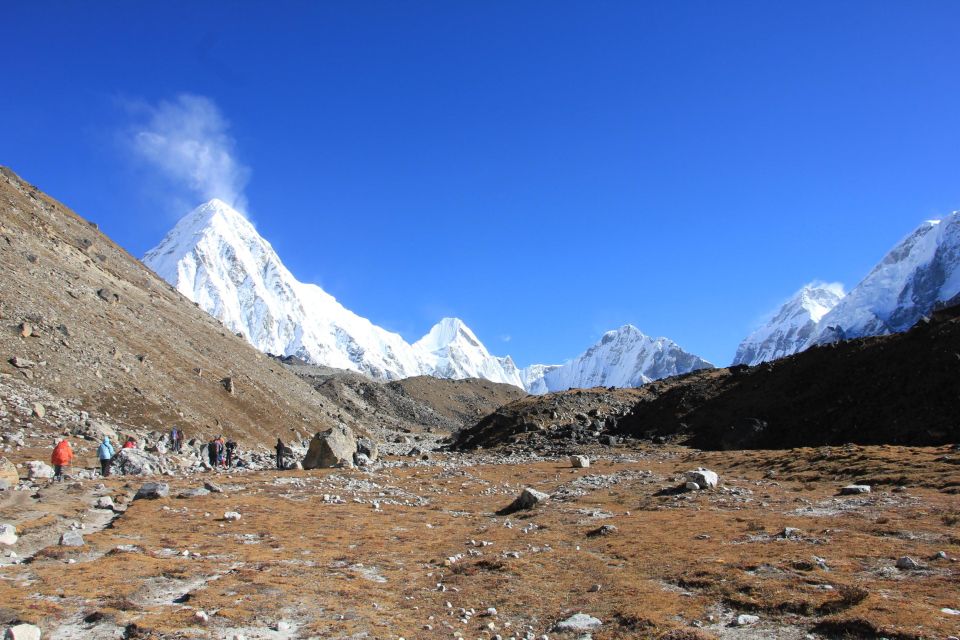
The detailed itinerary for the 14-day Everest Base Camp Trek highlights an exhilarating journey through stunning landscapes and vibrant Sherpa culture.
It kicks off in Kathmandu with a briefing, followed by a flight to Lukla. The trek then meanders through picturesque villages, with key stops like Namche Bazaar and Tengboche, allowing trekkers to soak in breathtaking views and local customs.
Acclimatization days ensure everyone adjusts to the altitude, enhancing their trekking experience. The group will reach Everest Base Camp and witness spectacular sunrises from Kalapatther.
The trek concludes with a return to Lukla and a flight back to Kathmandu, wrapping up an unforgettable adventure filled with natural beauty and rich cultural encounters.
Inclusions and Exclusions
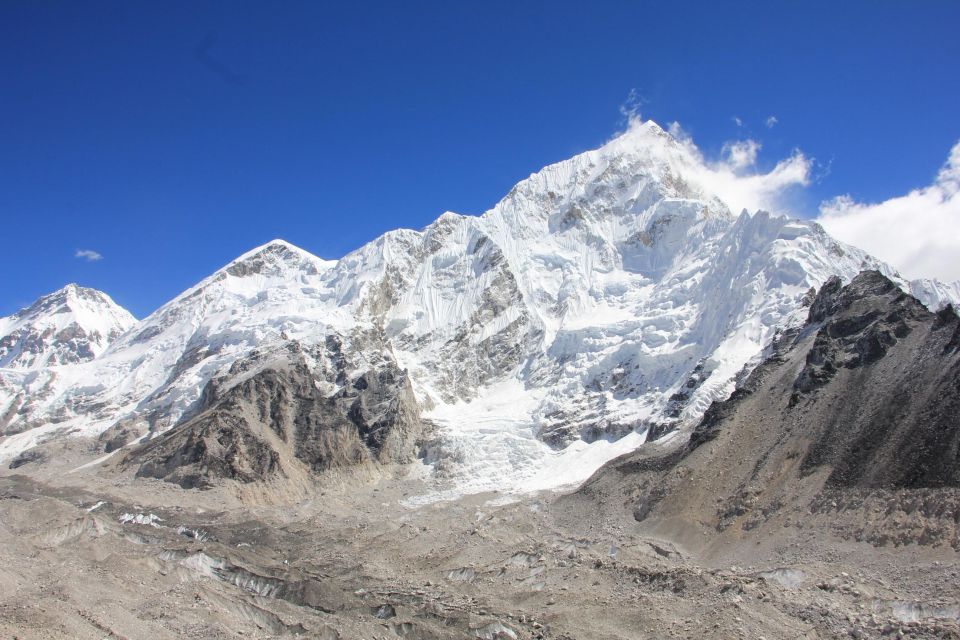
When preparing for the Everest Base Camp Trek, understanding what’s included and what’s not can make all the difference in planning a successful adventure. Here’s a quick breakdown:
Inclusions:
Accommodation in Kathmandu, flights to Lukla, three daily meals during the trek, and experienced guides.
Exclusions:
Meals in the city (except breakfast and farewell dinner), WiFi, and personal expenses.
Important Considerations:
Travel insurance is necessary for emergencies, including helicopter evacuation.
With these details, trekkers can better budget and prepare for their journey.
Knowing what to expect helps them focus on the experience rather than surprises.
Planning ahead ensures a smoother trek, allowing everyone to enjoy the breathtaking views and the thrill of adventure.
Health and Safety Guidelines
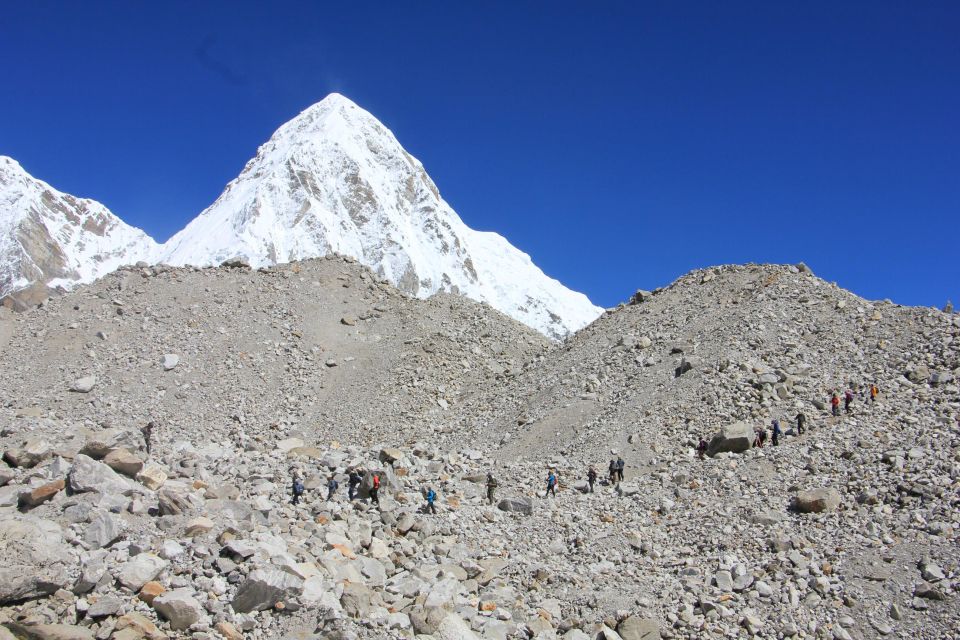
Health and safety are top priorities for trekkers planning the Everest Base Camp Trek, especially given the challenges posed by high altitude and varying weather conditions.
To ensure a safe journey, trekkers should pay close attention to their health, particularly during acclimatization days designed to combat altitude sickness. It’s crucial to stay hydrated and listen to one’s body; symptoms shouldn’t be ignored.
Plus, the trek’s difficulty level means it’s not suitable for children under 8, pregnant women, or those over 80.
A basic first-aid kit is provided, but having personal travel insurance that covers emergencies, including helicopter evacuation, is highly recommended.
Following these guidelines will help ensure a memorable and safe adventure in the Himalayas.
Booking and Payment Options
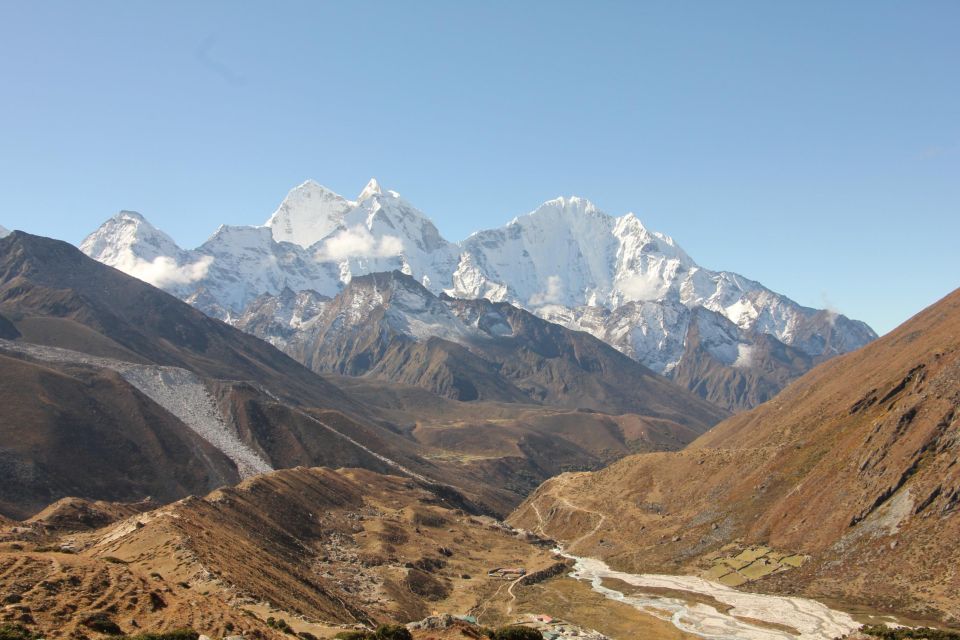
Exploring the booking and payment options for the Everest Base Camp Trek makes planning the adventure easier and more flexible for trekkers. Here are some key points to consider:
-
Reserve Now & Pay Later: Trekkers can secure their spots without paying upfront, making it budget-friendly.
-
Check Availability: It’s essential to confirm specific dates and participant numbers to ensure a smooth experience.
-
Cancellation Policy: Trekkers can enjoy peace of mind with free cancellation up to 24 hours in advance for a full refund.
These options allow trekkers to tailor their booking experience to suit their needs.
With a little planning, they can focus on the breathtaking journey ahead instead of the logistics!
Acclimatization Tips
Acclimatization is crucial for trekkers aiming to conquer the Everest Base Camp, as it helps the body adjust to the high altitude and reduces the risk of altitude sickness.
To ensure successful acclimatization, trekkers should ascend slowly and take rest days seriously. Drinking plenty of water is vital; staying hydrated helps the body cope with altitude changes.
Eating nutritious meals can also support energy levels and overall health. It’s wise to listen to one’s body—if symptoms like headaches or dizziness arise, descending to a lower altitude is key.
Lastly, engaging in light activities during acclimatization days, such as short walks, can stimulate circulation without overexerting oneself. Proper acclimatization sets the stage for a safer, more enjoyable trek.
Best Time to Trek
When planning the Everest Base Camp Trek, trekkers should consider the best time to go, as weather conditions play a crucial role in ensuring a safe and enjoyable experience.
The ideal trekking seasons are generally spring (March to May) and autumn (September to November).
During these times, trekkers can expect:
-
Stable Weather: Clear skies and mild temperatures make for perfect trekking days.
-
Breathtaking Views: The stunning landscapes are at their best, showcasing vibrant flora in spring and crisp mountain vistas in autumn.
-
Fewer Crowds: Both seasons offer a chance to enjoy the trails with less congestion compared to peak times.
Essential Packing List
Packing for the Everest Base Camp Trek requires careful consideration to ensure trekkers have everything they need for a comfortable and safe journey. A well-thought-out packing list can make all the difference. Here’s a quick reference to help trekkers prepare:
| Essential Gear | Clothing | Personal Items |
|---|---|---|
| Trekking boots | Base layers | Sunscreen |
| Sleeping bag | Waterproof jacket | First-aid kit |
| Trekking poles | Warm hat and gloves | Toiletries |
| Daypack | Hiking pants | Water purification tablets |
Here's a few more nearby tours and experiences we think you'll like.
Frequently Asked Questions
What Is the Average Group Size for the Trek?
The average group size for trekking adventures typically ranges from 4 to 12 participants. This allows for a more personalized experience, fostering camaraderie while ensuring adequate attention from guides and support staff throughout the journey.
Are There Options for Solo Travelers?
Yes, there are options for solo travelers. They can join group treks or arrange private tours, allowing for flexibility and camaraderie with fellow adventurers while experiencing the breathtaking landscapes and culture of the region.
Can I Customize My Trekking Itinerary?
Yes, travelers can customize their trekking itinerary. They’ll discuss their preferences with the guide, who’ll help tailor the experience to fit individual needs and interests, ensuring a memorable adventure that suits everyone’s pace and desires.
What Kind of Food Is Served During the Trek?
During the trek, they serve three meals daily, featuring local and international cuisine. Each day, trekkers enjoy hearty meals with seasonal fruits after dinner, plus tea or coffee to keep energy levels high.
Is There a Communication Method Available During the Trek?
During the trek, they can use available communication methods like local SIM cards and satellite phones. While WiFi’s limited, these options keep trekkers connected with family and friends throughout their adventure.
Not for you? Here's more of our most recent tour reviews happening neaby
- Walking Tour of Kathmandu (Half Day)
- Ganga Jamuna Dhading Trek
- Kathmandu Airport Transfer
- Langtang Valley Trek- 7 Days
- Kathmandu Airport Private Transfers
- Langtang Valley Trek: Short Culture Trek From Kathmandu
- Nagarkot Hill Station Overnight for Mountain & Sunrise Views
- Kathmandu Sightseeing Private Tour – 4 UNESCO Heritage Sites
- Kathmandu to Dharapani Drop-Off Service 4×4 Wheel Vehicle
- Langtang Valley Trek
- 3-Day Ghale Gaun Homestay Experience From Kathmandu
- Poon Hill Trekking From Kathamndu
- Nagarkot Sunrise Tour From Kathmandu Valley
- From Kathmandu: 6-Day Ghorepani, Poon Hill and Ghandruk Trek
- Explore Nepal (6 Nights 7 Days Tour)
Recap
To sum it up, the 14-day Everest Base Camp Trek is an unforgettable adventure that combines stunning landscapes with rich cultural experiences.
With proper preparation, trekkers can embrace the challenges of high-altitude hiking while enjoying the camaraderie of fellow adventurers.
Whether it’s the thrill of reaching Base Camp or witnessing breathtaking sunrises from Kalapatther, this trek leaves a lasting impression.
So, lace up those boots, gather your gear, and get ready for the journey of a lifetime!





